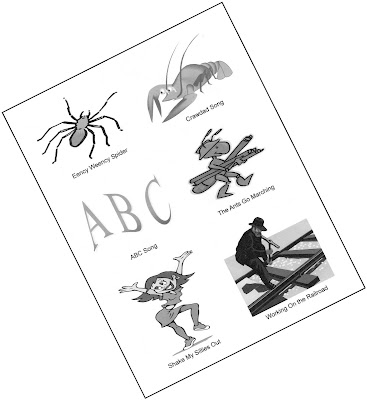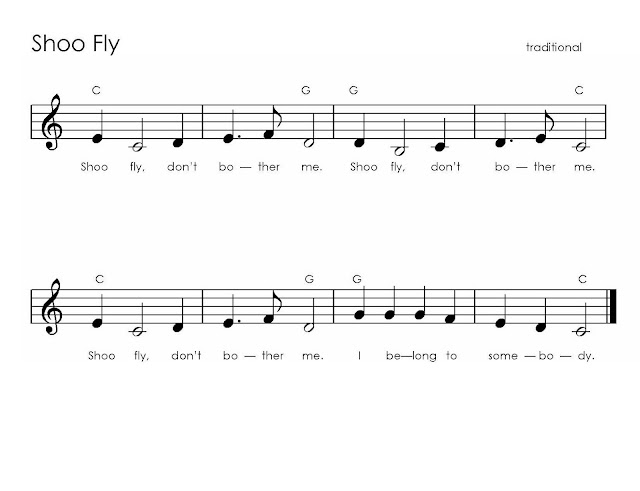For all of my readers who are Music Therapists, Music Therapy interns or students, or anyone else interested in the future of Music Therapy as a profession, I am attaching this important article on advocacy by Judy Simpson, MT-BC, Director of Advocacy for the American Music Therapy Association. Learn how you can help music therapy gain State recognition and make it easier for those needing music therapy services to obtain them.Please feel free to comment on this blog or to contact Judy if you have questions on the content of this article.
You Want ME to Do Government Relations?
Judy Simpson, MT-BC
Early in my music therapy career, I was asked to serve on the association’s government relations committee. I declined, as I didn’t think I knew enough about “government relations” to be a strong representative for my region.
No one told me at the time that the skills I had developed as a music therapist were actually very similar to the skills needed for government relations work. I believe, however, that all things happen for a reason and perhaps that experience was designed to help me share these thoughts with you some 20 years later.
What is “Government Relations”?
“Government Relations” sounds so formal and a little scary, so I think it would be helpful to break it down into something more relatable. When most people hear the word government, it often brings back unpleasant memories of social studies fairs and history exams or creates negative images of politicians and systems with which they don’t agree.
Simply put:
• “government” means the direction and management of a group and its activities, while
• “relations” means the act of telling through friendly or business interactions.
So “government relations” for music therapists means telling everyone about music therapy, including those people involved with directing and managing the groups to which we belong.
Chances Are, You’re Already “Doing” Government Relations.When you think about it, isn’t that something we do everyday? Or at least since we decided to become a music therapist? Answering the expected question, “What’s music therapy?” has prompted every student and clinician to prepare their famous “elevator speech” with variations in mind depending on the audience and the anticipated interaction time.
You know what? I had that elevator speech, LITERALLY, long before I knew that it was a form of government relations. When pushing my music therapy cart onto the elevator at the hospital where I worked, my standard line between floors was, “At St. Mary’s, we have LIVE elevator music,” as I proceeded to play a tune on the guitar. That always prompted a quick discussion about music therapy and the units which received services.
That experience relating to people about music therapy came in handy a few years later, when I found myself presented with the challenge of accessing music therapy services for my daughter diagnosed with autism.
The school offered services with someone trained in music therapy, but who did not have board certification. This situation required more than my elevator speech, but involved the same set of skills as I expanded the information shared, as well as the audience that was listening. After about four months of coordinated communication with association staff, local music therapists, and state agency officials, my daughter was receiving IEP-based music therapy services from a board certified music therapist.
Government Relations = Advocacy = YOU
Every opportunity we have to talk about music therapy, to expand awareness, and to potentially increase access to services is a form of government relations. It’s the work that we do to support our profession and the people who need our services. It’s all about standing up for what you believe to be important and promoting the “cause” of music therapy. It’s ADVOCACY.
In the long run, it’s really not hard to do…you are already doing it! As you think about how you can expand your music therapy skills in 2011, consider joining in on the excitement that is advocacy for music therapy. Jump on the bandwagon that is seeking state recognition of the profession and the MT-BC credential.
Just follow these simple steps and you’ll discover how easy it is to add “government relations” and “advocacy” experience to your resume!
1) Attend state meetings.
2) Participate in advocacy trainings during state, regional, and national conferences.
3) Read and respond to State Task Force Emails.
4) Initiate communication with your State Legislators by sending an email to them and telling them about your work as a music therapist in their district.
5) If possible, invite these legislators to visit your employment setting to see music therapy in action.
6) Tell your co-workers and administrators about the American Music Therapy Association’s (AMTA) http://www.musictherapy.org and the Certification Board for Music Therapists’s (CBMT) http://www.cbmt.org national initiative to work with music therapists in your state to improve recognition of music therapy.
7) Maintain AMTA membership and CBMT board certification to insure access to
current information, technical support, and resources and to demonstrate commitment to your profession and the provision of quality services.
I look forward to working with you and your colleagues as we “Do Government Relations and Advocacy” for Music Therapy!
Judy Simpson is the Director of Government Relations for the American Music Therapy Association http://www.musictherapy.org. She can be reached at simpson@musictherapy.org







